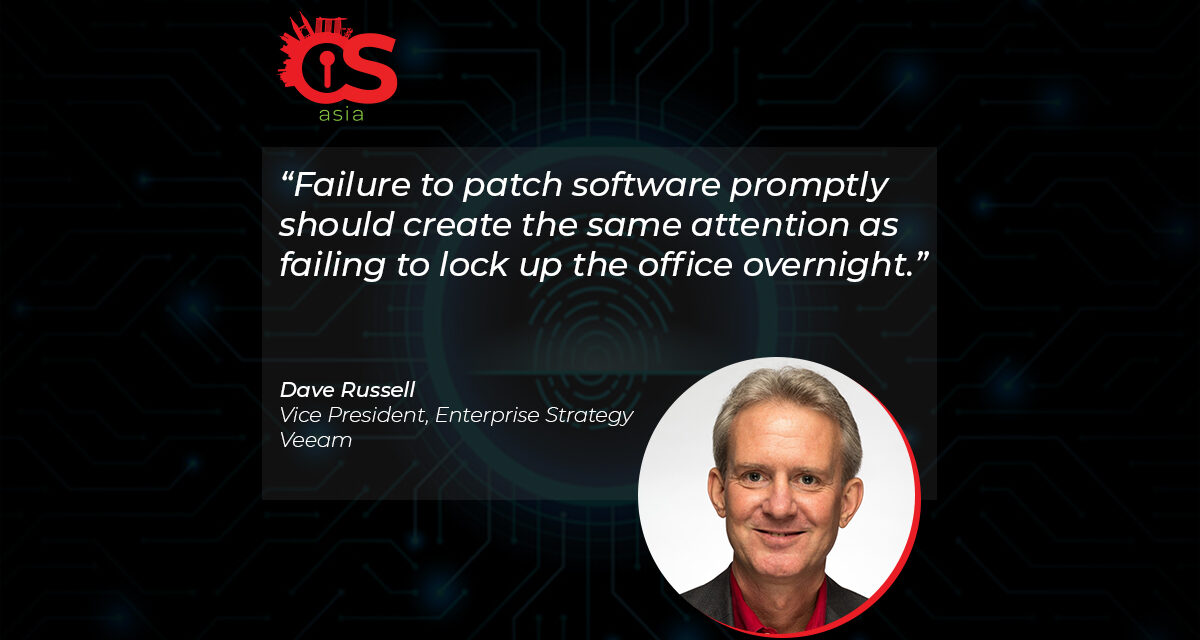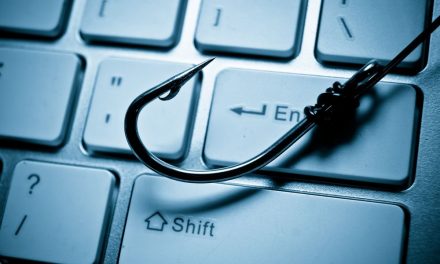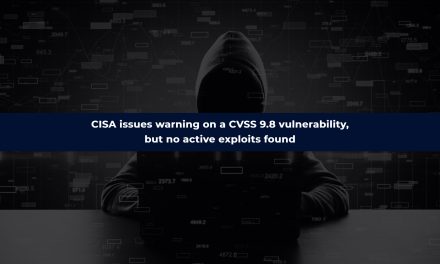With organizations permanently adopting hybrid work models, a cybersecurity-first culture must prevail not only in the office but everywhere.
Right now, a new ransomware attack will occur every 11 seconds or so, according to some studies.
To put this in context, in the five minutes it takes you to read this article, 27 businesses will have been attacked by ransomware.
The best piece of advice on ransomware is not to give in and pay. But despite this, many victim organizations may pay the ransom under extreme pressure. However, this will simply encourage cyber-attackers to continue exploiting the lucrative trade, as evidenced by the massive surge in attacks since the pandemic started.
On a positive note, businesses and governments have recognized that this cannot continue. Ransomware is now on the agenda of every boardroom, and it even made the cut for discussion at the G7 and numerous other diplomatic meetings. Now is the time to think about modern data protection and its future. And now is the time to bite ransomware back.
This is organized crime
Many organizations are starting to recognize the severe, complex, and targeted nature of ransomware: this is organized crime, and criminals works tirelessly to try and infiltrate businesses and supply chains.
So how can we start clamping down on the perpetrators? The downside to a connected and digital world means an attacker can operate in completely different areas of the world, making it difficult to prosecute using the same legal system that a firm operates under.
The reality is that a clampdown of this scale is going to require international co-operation and government action beyond anything we have seen in the cybersecurity sphere. This is going to take time, which is something businesses do not have when facing constant threats.
Therefore, while we wait for these political interventions to happen, businesses must be fully prepared for the ongoing ransomware campaigns, especially now that they are heavily reliant on a distributed workforce.
Previous cybersecurity measures will not be enough. We will all have to adapt to the enemy by deploying modern data protection measures. In the same was that a detective has to think like a criminal to solve a crime, the only way businesses will successfully protect themselves sufficiently from cyberattacks is to think like the hackers. The latter are relentless, hyper-aware, and stringent. So employers and employees must act the same to stop vulnerabilities from opening up.
Time to buck up
As opposed to treating cybersecurity as something the IT team forces the rest of the organization to comply with, we must ingrain good digital hygiene into corporate culture. Cybersecurity training and refreshers must not be practiced for a week and then forgotten until the next session.
Failure to patch software promptly should create the same attention as failing to lock up the office overnight. Not having a disaster recovery plan is akin to skipping contents insurance. Now, we can no longer think about security in just the physical realm because the enemies are operating in the digital one.
Another important aspect is thinking about the hackers’ success rate. In many cases they spend all day attacking systems. They dedicate their time to evolve and innovate their attacks to overcome the security barriers that are holding them back. To buck up, we need to anticipate they will eventually be able to do this, even if the best cybersecurity defenses are in place.
As we can see from the number of businesses paying ransoms, an attack can cause enough damage to push businesses into paying out rather than taking alternative routes. It is up to every organization across every industry to invest in modern data protection practices to minimize the impact of ransomware attacks.
Viewing attacks as an inevitability is the first step towards creating a more cyber-secure corporate culture, with employees who are more educated and aware of ransomware. At the same time, businesses need to have the right safeguards in place to minimize disruption, including cybersecurity software and firewalls, plus continuous backup and recovery. Then, if the worst happens, the attacker will not have stolen anything worth a ransom, and the organization will live on.

















